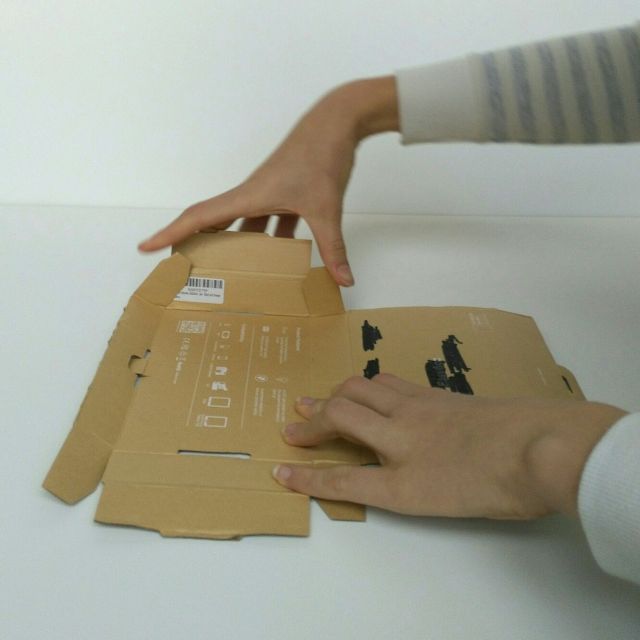Ok. Let’s talk Christmas. I love Christmas. Maybe a little too much. I don’t know. But how about Christmas waste? I don’t know about you, but when I think of the holidays, waste is not the first thing that comes to mind. Something like caroling and cookies sounds more like it, but you cannot deny that Americans create so much waste around the holidays. It is estimated that half of the annual paper used in the US is wrapping paper. Ouch. Also, American households create 25% more waste between Thanksgiving and the new year.
NO, I am not just trying to be a party pooper, so let’s come up with some solutions. In this post, we will tackle the problem of gift-giving waste. Let’s go over some alternatives to traditional wrapping paper.

Newsprint
This was always one of my grandma’s favorites and it’s a great way to use up old newspapers. One way to make this look more intentional is to make sure that you are using black and white print with no photos. This looks great with some ribbon (I find that saving ribbon from gifts can be a great way to do this).

Paper Bags
I love using old brown paper bags to wrap gifts. There is something magical about the simplicity of the brown and the options are endless when it comes to embellishing. I love to use rubber lettering stamps.

Boxes
This is one I learned from my grandmother (#2) and it is such a good idea that I use it almost every year. It’s great because you can use the boxes over and over again with different decorations!
Now, did you knw that most shoe boxes aren’t even held together with tape?!? This gives us a great opportunity to make these boxes gift-givable. (this method can work with other boxes such as the one I will demonstrate with, but shoe boxes are the most common).
For this you will need:
- 1 box with a flip top
- Decorations (ribbon, bows, stamps, etc…)
It is important to remember that this process will differ for every box, so we are just working with general steps now.


First, you want to identify the best place to start. Usually, there will be a slot somewhere along the bottom that is holding it together.

Now you want to find that slot from the inside of the box and remove the cardboard that is held in place by it. If you can’t get this with your fingers, try a butter knife.


Repeat this on both sides so that you end up with a flat piece of cardboard.

Turn your piece of cardboard over.

Now we are going to start putting the box back together. You want to basicly reverse everything that you did before.


Now do this to both sides.

And that’s it! Decorate the box how you like and you have a completely reusable gift box! If you don’t like being able to see the old outside of the box on the inside you can line it with newsprint or tissue paper.
That’s all!
There are tons more options but these ae the three that I find myself using a lot. Wishing you a white Christmas!
-Sara + H
